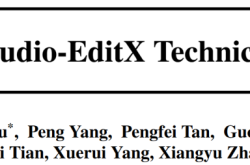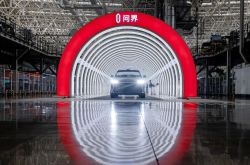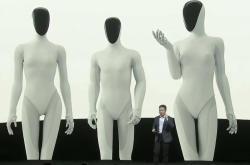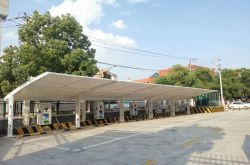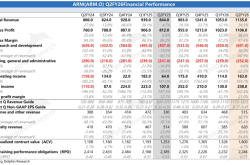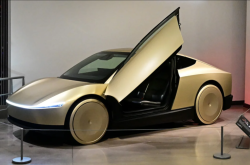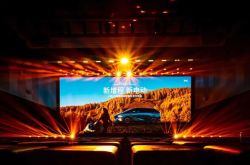Turning a Profit: Why New Force Automakers are Rushing to Conquer Challenges in 2025
![]() 06/16 2025
06/16 2025
![]() 427
427
Introduction | Lead
Several domestic automakers in the new force segment have announced their intentions to achieve profitability in the latter half of this year. However, amidst fierce competition in the domestic automotive market, what strategies will these new entrants rely on to attain profitability this year?
Produced by | Heyan Yueche Studio
Written by | Zhang Dachuan
Edited by | He Zi
2584 words in full text
4 minutes to read
The list of new force automakers poised to turn a profit is expected to grow.
Recently, three new force automakers focusing on pure electric vehicles—Xiaomi, XPeng, and NIO—have announced their profitability timelines. Lei Jun revealed at Xiaomi's investor conference this year that the company's automotive division anticipates turning a profit in the third and fourth quarters. Coincidentally, the founders of NIO and XPeng have also set the goal of achieving profitability for their companies in the fourth quarter.
Domestic new force automakers primarily fall into two camps. One camp, represented by Thalys, ZEROne, and Li Auto, has achieved profitability by introducing extended-range models at lower costs. On the other hand, Xiaomi, NIO, and XPeng, which adhere to the pure electric technology route, have yet to attain profitability. However, the situations of these three automakers differ: Xiaomi, relatively new to the automotive industry, has made significant upfront investments. Yet, due to high market enthusiasm for the SU7, Xiaomi's automotive profitability prospects are promising. As the first generation of new force automakers, XPeng and NIO face considerable pressure to achieve profitability this year.
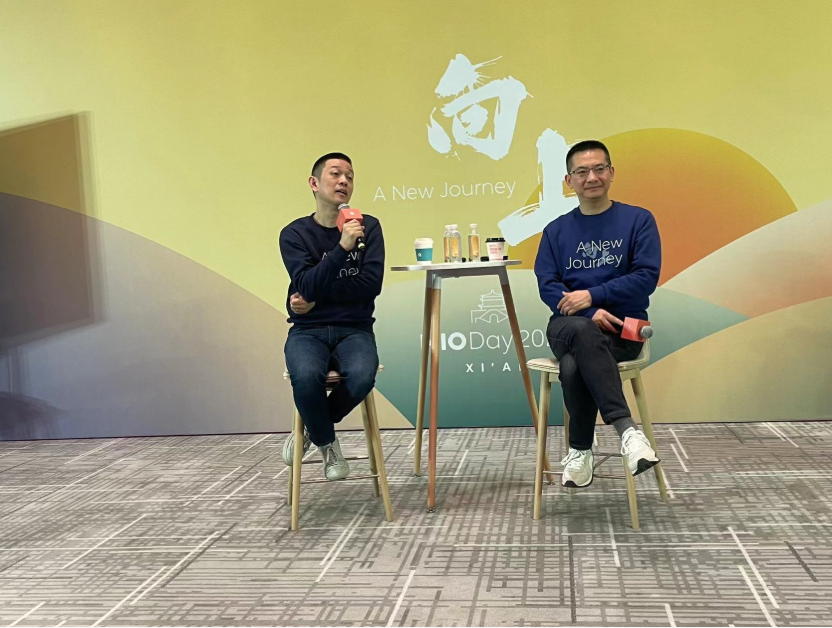
△NIO has set the timing for profitability in the fourth quarter of this year
Why is Profitability This Year Crucial?
For those new force automakers that have yet to achieve profitability, whether they can do so this year is crucial.
Firstly, an automaker's profitability influences consumers' confidence in the automaker and its brand to a certain extent. In the era of smart electric vehicles, car sales are not a one-time transaction. The provision of connected vehicle services and OTA updates for cabins and intelligent driving software are indispensable parts of the entire car consumption lifecycle. Many electric vehicles come with lifetime warranty promises. If the automaker goes bankrupt, these services and promises will cease to exist.
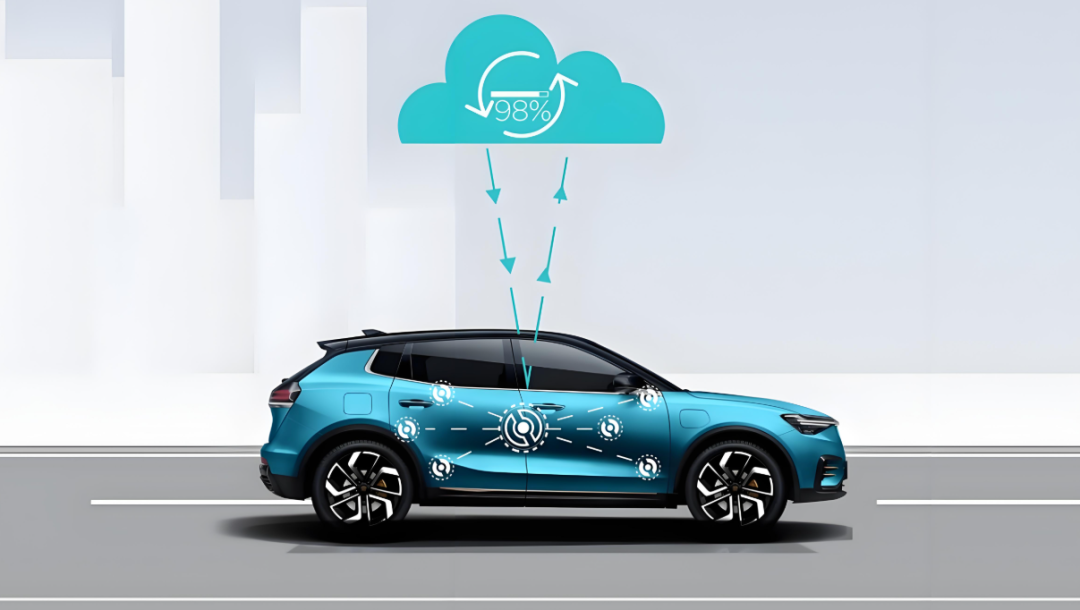
△OTA updates have become an indispensable part of the entire lifecycle of car consumption
Secondly, there is pressure from investors. Investors who pump real money into new force automakers expect returns, and corporate profitability is one of the primary ways for investors to obtain these returns. Previously, capital was willing to invest regardless of cost and showed immense patience due to the huge potential of the domestic automotive market. However, the current price war waged by domestic mainstream automakers like BYD and Geely has pushed new force automakers to the brink. Without advantages in scale and system capabilities, investment capital naturally hopes to reap more dividends and benefits from rising stock prices through the quick profitability of the invested enterprises.
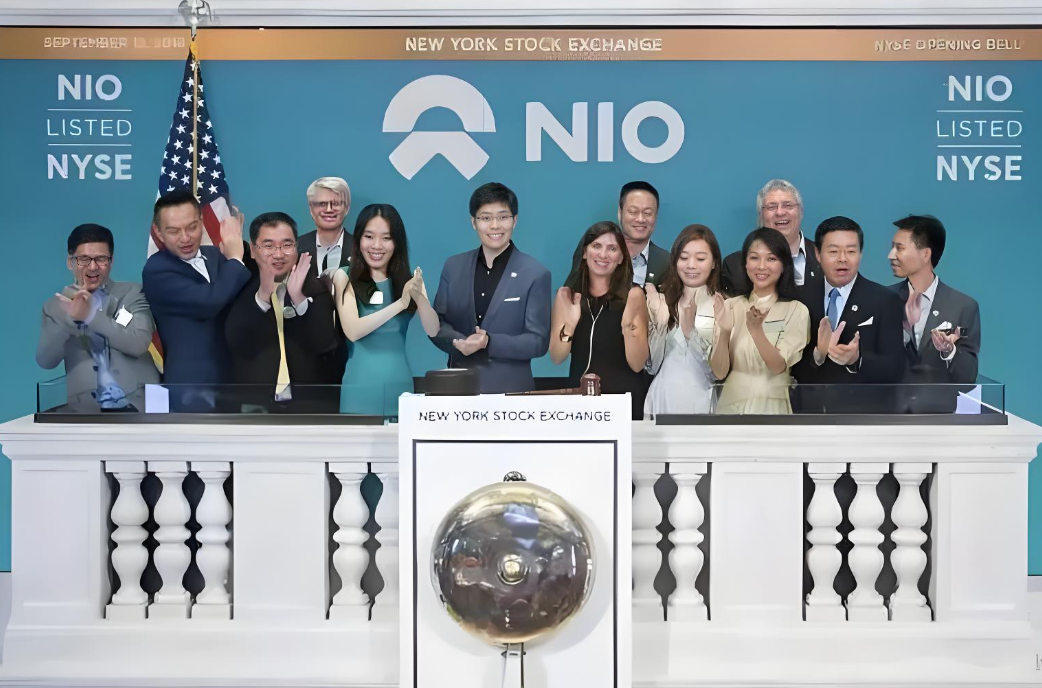
△Investors hope that invested enterprises can achieve profitability as soon as possible
Why are They Flocking to Achieve Profitability in 2025?
The reason why automakers have set this year as the target for profitability is primarily the result of multiple factors converging:
Increasing sales volumes have led to the growing emergence of scale effects. In 2025, both Xiaomi and XPeng have witnessed significant sales growth. Xiaomi has sold 125,000 vehicles in the first five months of this year with just the SU7 model. With the launch of Xiaomi's first SUV, the Xiaomi YU7, Xiaomi's automotive sales are expected to further expand. From January to May 2025, XPeng delivered a total of 162,578 new vehicles, a 293% increase year-on-year. As for NIO, Li Bin stated in an earnings call that in the fourth quarter of this year, the NIO brand expects to achieve monthly sales of 25,000 vehicles, a 20% increase from last year. This has become the most important cornerstone for NIO to turn a profit.
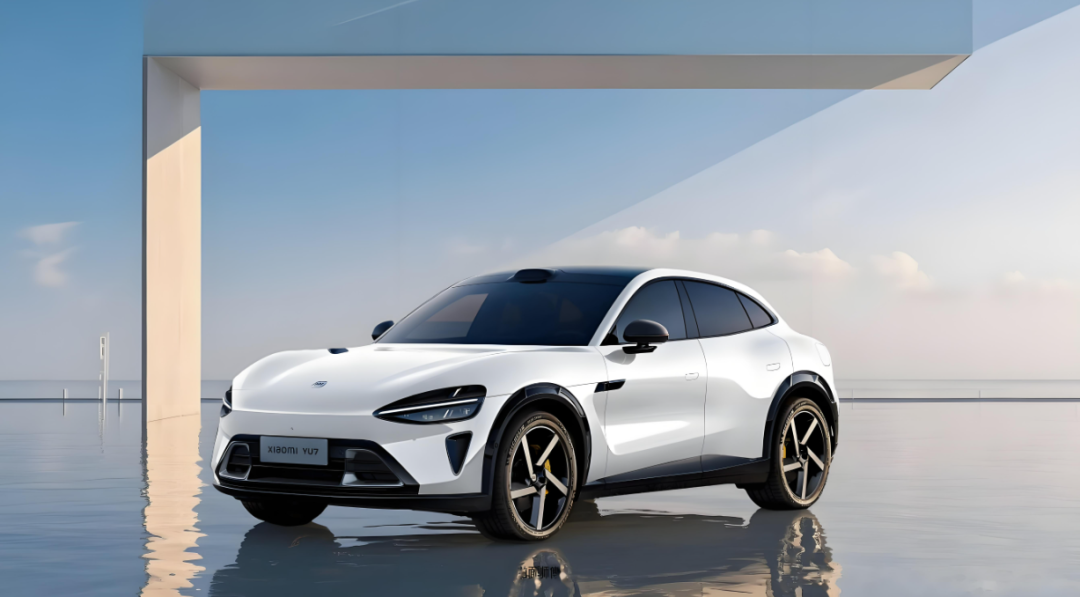
△After the launch of the Xiaomi YU, Xiaomi's automotive sales are expected to further expand
Core businesses are undergoing adjustments. Among the businesses deployed by NIO, battery swapping is undoubtedly the core. However, with NIO selling the equity of its battery swapping business to Contemporary Amperex Technology Co. Limited (CATL), it indicates that Li Bin has prioritized NIO's profitability. Selling the equity of the battery swapping business can not only bring considerable income to NIO but also help shed some of the heavy burden of building and operating battery swapping stations. If sales targets cannot be met in the second half of the year, NIO can sell more equity in the battery swapping business. Considering that CATL urgently needs to deploy in the battery swapping market, NIO's battery swapping business should not lack buyers. As for XPeng, its first extended-range model, the XPeng X9, is about to be launched, which is expected to be a powerful boost to XPeng's sales.
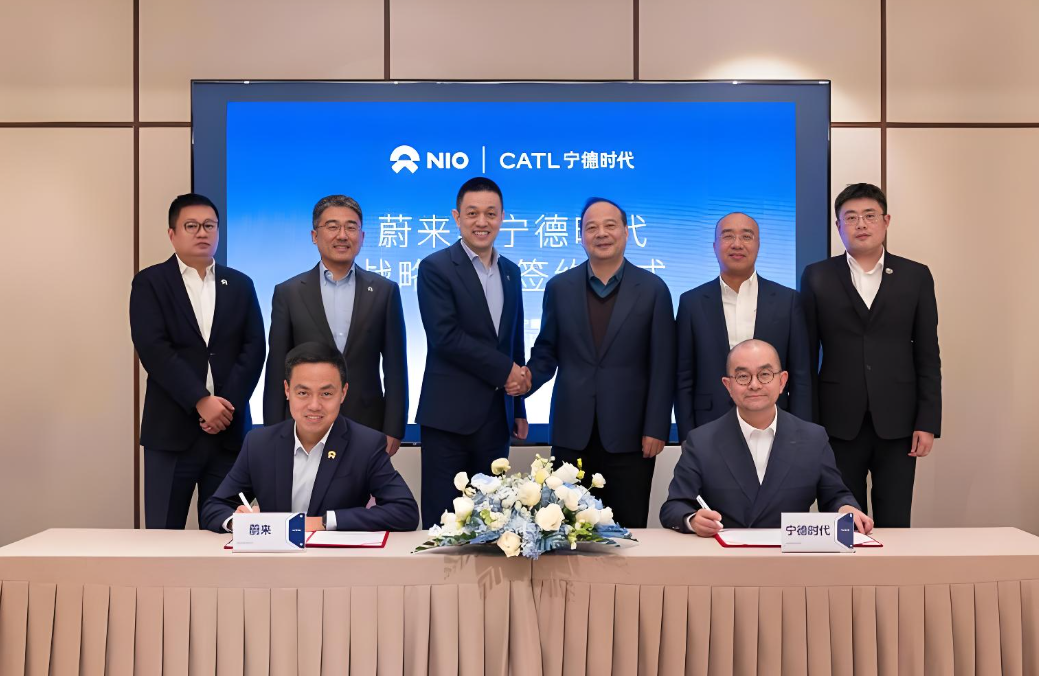
△To achieve profitability, NIO intends to gradually reduce the heavy burden of the battery swapping business
The prices of raw materials such as batteries have fallen. On May 26, the closing price of the main contract for lithium carbonate futures fell below the 60,000 yuan/ton threshold for the first time in history, a steep drop of over 90% from the historical high of 600,000 yuan/ton. The cost of pure electric vehicles is largely dominated by batteries. The sharp decline in the price of lithium carbonate, which is upstream of batteries, has significantly reduced the cost of electric vehicles. On the policy front, the Ministry of Industry and Information Technology and the China Association of Automobile Manufacturers have recently voiced their opinions on the price war and extreme competition in the domestic automotive market. In the second half of the year, it is highly likely that domestic leading automakers will not rashly initiate a vicious price war, and the overall domestic automotive market's living environment is expected to improve. For new force automakers with relatively small scales, the reduced battery costs and temporarily subsided price war will be a significant positive factor.

△On May 26, the closing price of the main contract for lithium carbonate futures fell below the 60,000 yuan/ton threshold for the first time in history
Challenges Remain Even After Profitability
For new force automakers, even after achieving profitability, the challenges they face in the later stages are still considerable.
Capacity clearing will continue for a long time. Whether the profitability of new force automakers can be sustained depends on whether the domestic price war will resurface in the future. As long as overcapacity persists, automakers will engage in price wars in a market economy environment. For new force automakers that have just become profitable, this is undoubtedly the sword of Damocles hanging over their heads.
How to further demonstrate scale effects. The automotive industry is a capital-intensive industry that places great emphasis on scale effects. A larger scale can spread out the various upfront investments. After these new forces become profitable, they still need to continue investing heavily in research and development for electric technologies, intelligent cabins, and intelligent driving. If they cannot reach a scale of 500,000 or even 1 million vehicles, it will result in very high costs per vehicle. Not to mention that domestic consumers still have concerns about the range of pure electric vehicles.

△Intelligent driving requires huge investments, which need considerable sales volume of automakers to spread out the input
The challenge from traditional automakers cannot be underestimated. Although traditional automakers do not have a first-mover advantage, their ability to copy is formidable. By benchmarking popular benchmark models of new forces, whether in product definition or after-sales service, traditional automakers can continuously optimize their processes and system capabilities. The launch of Dongfeng Nissan N7 directly diverted customers from XPeng's MONA M03. The challenges faced by this model to maintain a monthly sales level of 30,000 vehicles will be significant.
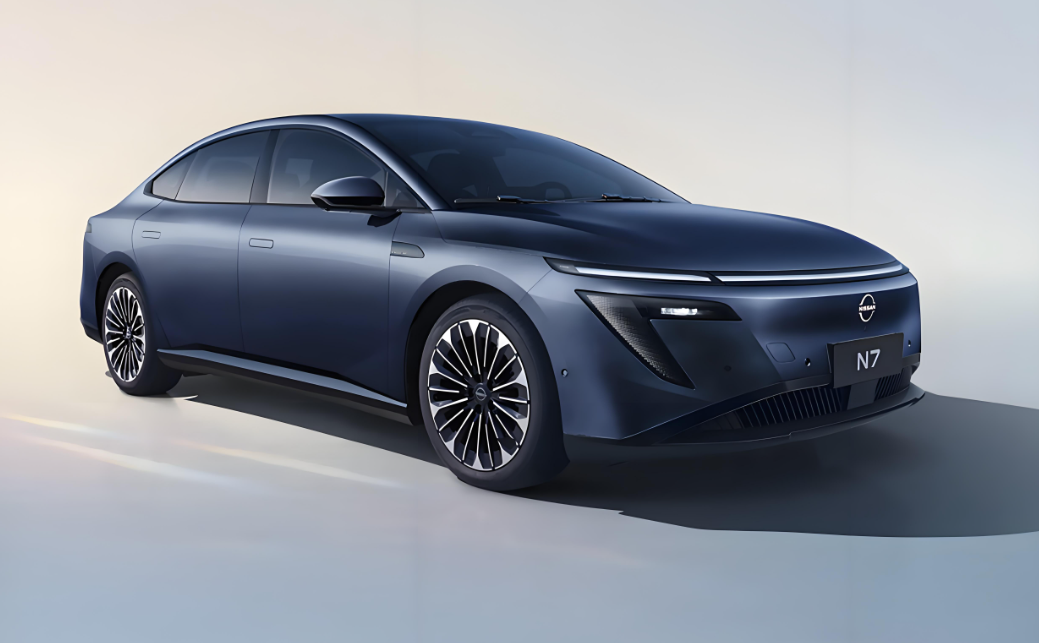
△Traditional automakers are seizing the market by creating popular models that compete with new force automakers
As for benchmark models such as Lixiang's L8/L9 and AITO's M8/M9, which have made new forces profitable in recent years, they will also face more challenges from traditional automakers. Geely recently launched three large SUVs simultaneously: Lynk & Co 900, Geely Auto Yinhe L9, and Zeekr 9X. Geely reported that within one hour of the launch of the Lynk & Co 900, large orders exceeded 10,000; within half a month of its launch, large orders for the Lynk & Co 900 exceeded 30,000. It is evident that the Lynk & Co 900 model and Geely's three large SUV models will inevitably attract many users who originally planned to purchase Lixiang and AITO models.
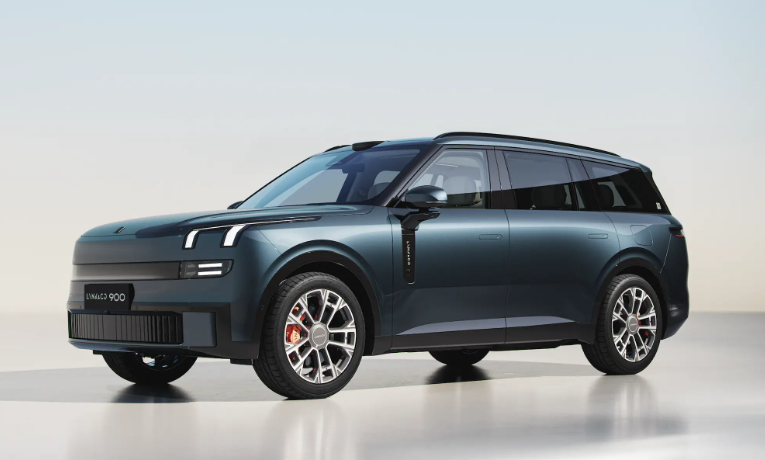
△Geely launched Lynk & Co 900, Geely Auto Yinhe L9, and Zeekr 9X simultaneously, challenging Lixiang and AITO
Commentary
Achieving profitability in terminal businesses and possessing self-financing capabilities are landmark events for new force automakers. However, even after becoming profitable, it does not mean that everything is fine. The Chinese automotive market is fiercely competitive, and technology iteration and upgrades are rapid, which means automakers still need to maintain high-intensity investments. Therefore, compared to pursuing profitability in financial data, all automakers, including new forces, need to enhance their system capabilities to enable them to continuously produce "hit" models, thereby achieving sustained profitability. Otherwise, fleeting profitability data may be a window for capital to exit.
(This article is originally created by Heyan Yueche and cannot be republished without authorization)

